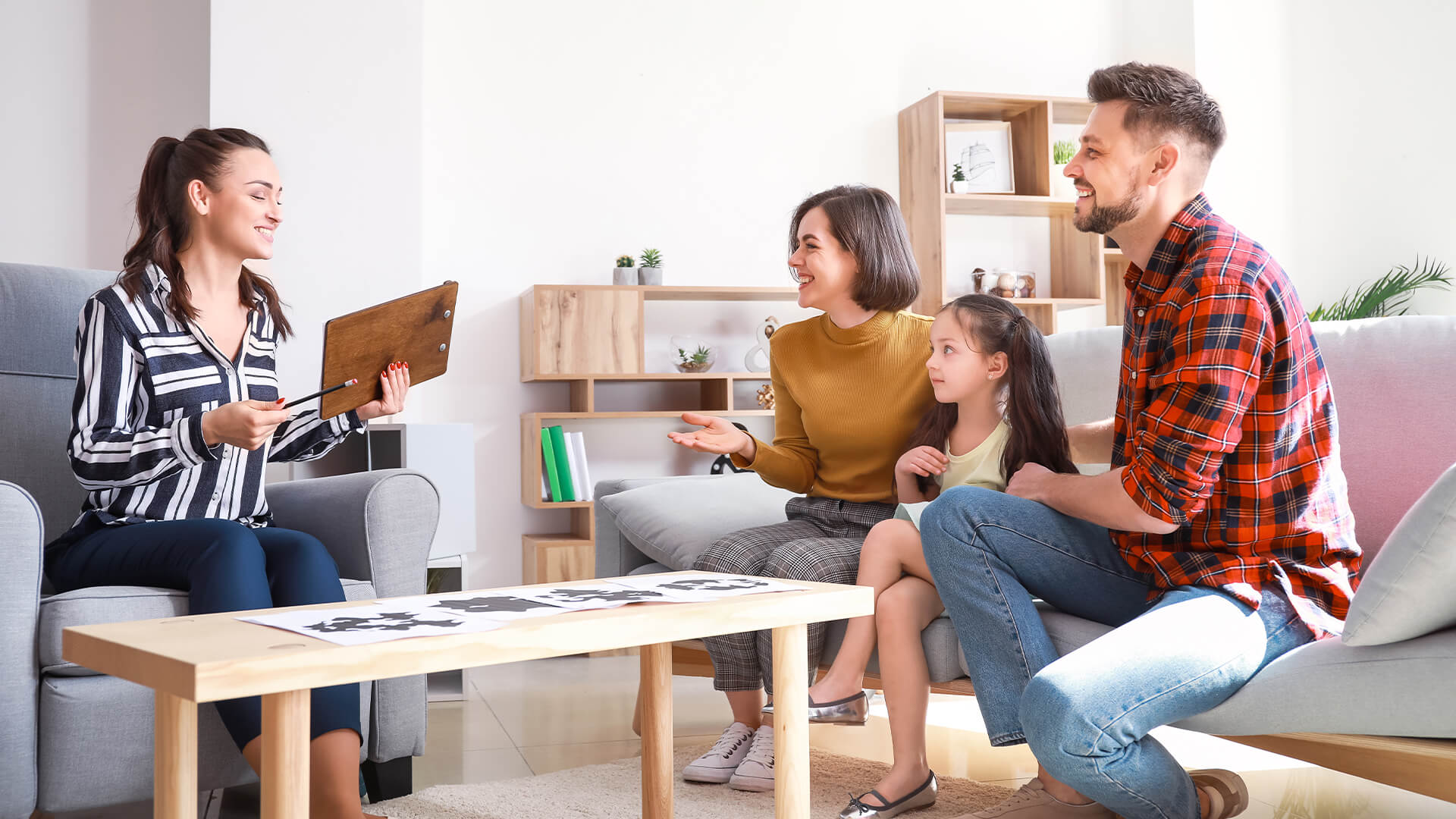If you’re struggling to maintain harmony and open communication within your family, family counselling could be the solution you need. Family counselling is a type of therapy that focuses on helping families work through their issues and improve their relationships.
Whether you’re dealing with conflicts between family members, struggling with communication issues, or simply want to build a more supportive and harmonious home environment, family counselling can help you achieve these goals.
In family counselling, you’ll work with a licensed therapist who specializes in helping families. The therapist will help you identify communication patterns and issues within your family, and teach you new communication skills that can help you communicate more effectively with each other.
Additionally, the therapist can help you resolve conflicts and find ways to improve your relationships, so that you can create a more positive and supportive home environment for everyone involved. With the help of family counselling, you can build stronger bonds with your loved ones and create a happier, healthier family dynamic.

Contents
Understanding the Role of Family Counselling
You might be wondering, “How can family counselling help me understand the role of each family member and improve communication within my home? “Well, family counselling is a type of therapy that’s designed to help families improve their relationships and communication skills.
This type of counselling can help you and your family to better understand each other’s perspectives, strengths, and emotional needs. One of the main goals of family counselling is to help each family member feel heard and understood.
This is done by creating a safe and supportive environment where each person can express their thoughts and feelings without fear of judgment or criticism. A family counselling can help you and your family to identify patterns of communication that may be causing conflict or misunderstanding, and work with you to develop new ways of expressing yourselves that promote understanding and respect.
With the help of family counselling, you can build stronger, more harmonious relationships within your home.
Identifying Communication Patterns and Issues
Spotting problematic ways of talking can be the key to unlocking better communication in your household. You may have noticed that certain patterns of communication are causing tension between family members.
Perhaps one person dominates the conversation, while others struggle to get a word in edgewise. Or maybe there’s a lot of interrupting, yelling, or name-calling. These patterns can make it difficult to express yourself and feel heard by others.
By identifying these communication issues, you can work with a family counselling to develop new skills and techniques for talking to one another. This might involve learning how to listen actively, speak respectfully, and negotiate conflicts effectively.
It can be challenging to change long-standing patterns of communication, but with the right guidance and support, you can build a more harmonious home where everyone feels valued and understood.
Learning New Communication Skills
Learning new ways to communicate can be a fun and exciting journey towards better relationships with loved ones. It’s important to understand that communication is a skill that can be learned and improved upon. With practice and patience, you can learn how to express yourself more effectively and listen with empathy.
One way to improve your communication skills is to practice active listening. This means being fully present and engaged in the conversation, and giving the other person your full attention. It’s important to avoid interrupting or jumping to conclusions, and instead, focus on understanding their perspective.
Another helpful technique is to use ‘I’ statements instead of ‘you’ statements, which can help avoid blame and defensiveness. With these tools, you can build stronger connections with your family members and create a more peaceful and harmonious home environment.
Resolving Conflicts and Improving Relationships
When conflicts arise, it’s important to address them with empathy and a willingness to understand the other person’s perspective. This means actively listening to the other person’s point of view without interrupting or dismissing their feelings.
It’s also important to avoid blaming or attacking the other person, as this can escalate the conflict and make it harder to find a resolution.
Another key aspect of resolving conflicts and improving relationships is learning to communicate effectively. This includes using ‘I’ statements to express your own feelings and needs, as well as being open to feedback from the other person.
It may also involve finding common ground and compromise, as well as setting boundaries and respecting each other’s individuality. By working towards a solution together, you can build stronger and more harmonious relationships within your family.
Creating a More Harmonious Home Environment
Transform your house into a cozy and peaceful sanctuary where everyone can unwind and feel happy. One of the ways to achieve this is by decluttering and organizing your home. A cluttered and messy home can lead to stress and anxiety, which can negatively affect your family’s mood and behavior.
By organizing your home, you can create a more relaxed and welcoming environment that promotes productivity and happiness.
Another way to create a more harmonious home environment is by creating a routine and sticking to it. A consistent routine can help reduce stress and anxiety, especially for children who thrive on structure and predictability.
Make sure to include time for activities that promote relaxation and bonding, such as family dinners, game nights, or movie nights. By creating a routine that works for your family, you can establish a sense of stability and predictability that can lead to a more harmonious and happy home.
Conclusion
Congratulations on taking the first step towards building a more harmonious home environment through family counselling! By understanding the role of family counselling and identifying communication patterns and issues within your family, you can learn new communication skills and resolve conflicts to improve your relationships.
Through family counselling, you can create a safe space where you and your family members can express your thoughts and feelings without fear of judgement. With the help of a trained therapist, you can develop stronger communication skills that will help you navigate difficult conversations and build stronger relationships with your loved ones.
By working together, you can create a more positive and supportive home environment where everyone feels heard and valued. So why wait? Take the leap and start building a happier, healthier family today!



